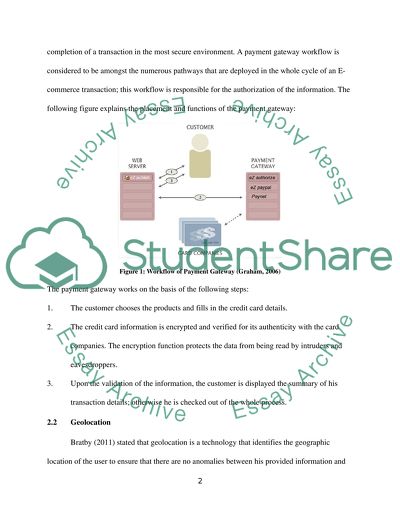Cite this document
(“Security Technologies for Online Payments Literature review”, n.d.)
Security Technologies for Online Payments Literature review. Retrieved from https://studentshare.org/information-technology/1437839-the-technologies-used-in-security-in-online
Security Technologies for Online Payments Literature review. Retrieved from https://studentshare.org/information-technology/1437839-the-technologies-used-in-security-in-online
(Security Technologies for Online Payments Literature Review)
Security Technologies for Online Payments Literature Review. https://studentshare.org/information-technology/1437839-the-technologies-used-in-security-in-online.
Security Technologies for Online Payments Literature Review. https://studentshare.org/information-technology/1437839-the-technologies-used-in-security-in-online.
“Security Technologies for Online Payments Literature Review”, n.d. https://studentshare.org/information-technology/1437839-the-technologies-used-in-security-in-online.


